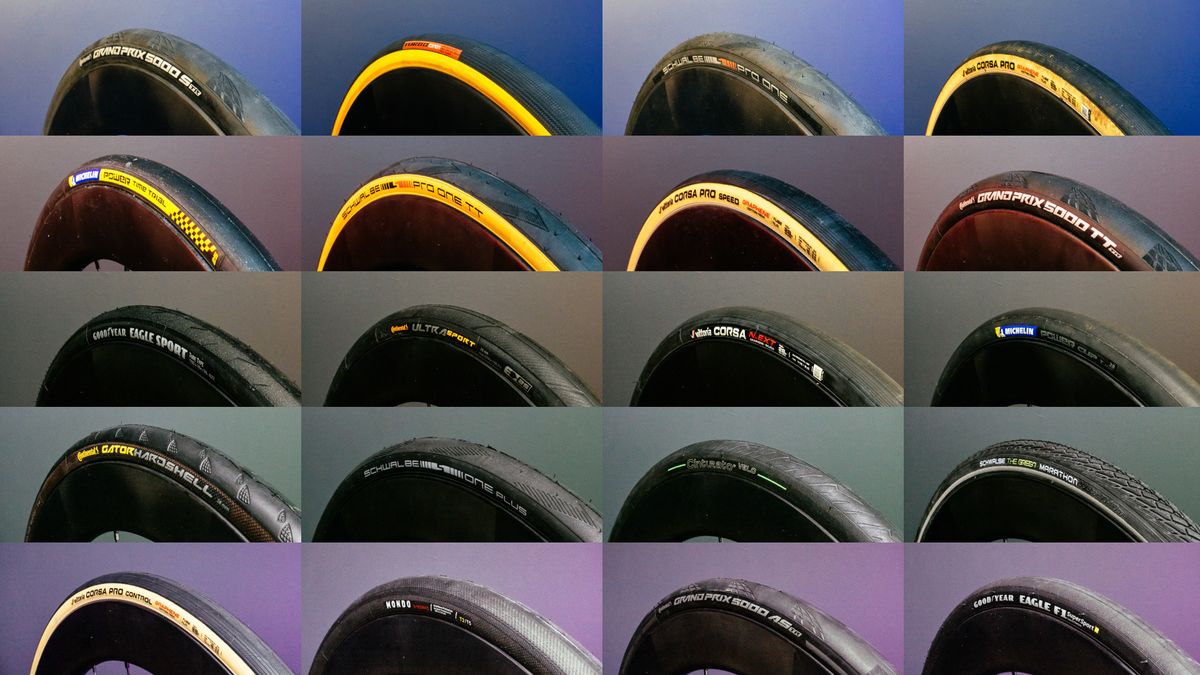All Categories
Featured
Table of Contents
The Michelin provided a comfortable driving experience, characterised by receptive guiding and a dynamic understeer equilibrium. Despite the cooler testing conditions, Michelin's consistent time and hold over three laps shows its viability for real-world applications.
One more notable element was Yokohama's workout time. The tire's initial lap was a second slower than the 2nd, indicating a temperature-related grip boost. This recommends the Yokohama may radiate in completely dry, race-like conditions. Nonetheless, for day-to-day usage, the Michelin could be a more secure wager. Next off in line was the Hankook.
Best Discount Tyres ( Wanneroo)
It shared Michelin's safe understeer balance however did not have the latter's determination to turn. Continental and Goodyear's performances were notable, with Continental's brand-new PremiumContact 7 revealing a considerable improvement in wet problems contrasted to its predecessor, the PC6. This model was much less conscious load adjustments and acted much like the Michelin, albeit with a little much less communication at the limitation.
It combined the secure understeer balance of the Michelin and Continental with some sporty handling, proving both foreseeable and fast. As an all-rounder for this Golf GTI, Goodyear's Asymmetric range was the standout, showing outstanding performance in the wet. The Bridgestone Potenza Sporting activity took the crown as the fastest tyre, albeit by a little margin.
Drivers seeking an exciting wet drive may discover this tyre worth taking into consideration. The standout performer in wet stopping was the latest tire on test, the PremiumContact 7, though the results are nuanced.
Trusted Tyre Maintenance Near Me – Alexander Heights 6064 WA
Preferably, we wanted the chilly temperature test to be at around 5-7C, but logistical hold-ups indicated we evaluated with an ordinary air temperature of 8C and water at 12C. While this was cooler than common examination problems, it was still warmer than real-world conditions. The cozy temperature level test was done at approximately 18C air and 19C water.
The third run included wet braking examinations on worn tyres, specifically those machined down to 2mm with a little confrontation. While we intended to do even more with these used tyres, weather condition constraints restricted our screening. It's worth noting that wet stopping is most crucial at the worn state, as tires typically improve in completely dry conditions as they use.
However, it shared one of the most substantial efficiency drop, along with the Yokohama, when used. Bridgestone, Goodyear, and Michelin saw the least efficiency decrease when used. Nonetheless, Bridgestone and Goodyear's performance dipped in cooler conditions. The Hankook tyre signed up the smallest efficiency decrease as temperature levels cooled down, yet it was among one of the most affected when worn.
Top Tyre Warranty Near Me – Alexander Heights WA
The take-home message right here is that no single tire mastered all facets of wet braking, showing a complex interplay of elements affecting tire performance under different problems. There was a standout tyre in aquaplaning, the Continental ended up top in both straight and rounded aquaplaning, with the Michelin and Goodyear also great in deeper water.

Yokohama could take advantage of a little more hold, a concern potentially affected by the cooler problems. When it comes to handling, all tyres executed within a 2% array on the lap, showing their top quality efficiency (Tyre sales). Taking into consideration these tires basically target the very same consumer, it's fascinating to observe the considerable distinctions in feeling.
The surprise is since the PremiumContact 6 was among my favourites for stylish dry drives, however its successor, the PremiumContact 7, appears elder and resembles Michelin's performance. Among these, Hankook was the least exact in steering and communication at the restriction. Vehicle alignment. Both Michelin and Continental used charming first steering, albeit not the fastest
If I were to recommend a tyre for a quick lap to a beginner, say my dad, it would be just one of these. We have the 'enjoyable' tyres, specifically Yokohama and Bridgestone. Both were speedy to guide and felt sportier than the others, yet the compromise is a more playful back side, making them more tough to take care of.
Honest Cheap Tyres Near Me
It supplied similar steering to Bridgestone yet supplied better comments at the limitation and far better grasp. The Bridgestone Potenza Sporting activity, nevertheless, seemed to break down quite quickly after just 3 laps on this requiring circuit. Last but not least, there's Goodyear, which positioned itself someplace between the enjoyable tyres and those having a tendency in the direction of understeer.
All in all, these tires are outstanding performers. In terms of tire wear, the method made use of in this examination is what the sector refers to as the 'gold standard' of wear.
Both the Bridgestone and Yokohama tyres substantially underperformed in contrast to the various other four tyres in terms of rolling resistance, with Continental slightly outperforming the remainder. Relating to the comfort degree of the tires, as prepared for, many demonstrated an inverted correlation with handling. The Continental, Michelin, and Goodyear tyres carried out finest across various surface area types checked.
Bridgestone started to show indications of firmness, while Yokohama was particularly disconcerting over pits. We did measure internal noise levels; nevertheless, as is commonly the case, the outcomes were very closely matched, and due to weather restrictions, we were incapable to conduct a subjective analysis of the tires sound. We looked at abrasion figures, which determine the quantity of tyre step shed per kilometre, normalised to a one-tonne vehicle.
Honest Car Tyres – Wanneroo
This number represents the amount of rubber dirt your tires produce while driving. Michelin led in this classification, creating over 9% much less rubber particle matter.
Latest Posts
Top Car Tyre Fitting
Leading Tyre Checks – Wanneroo 6065 WA
Affordable Tyre Balancing – Embleton 6062 WA